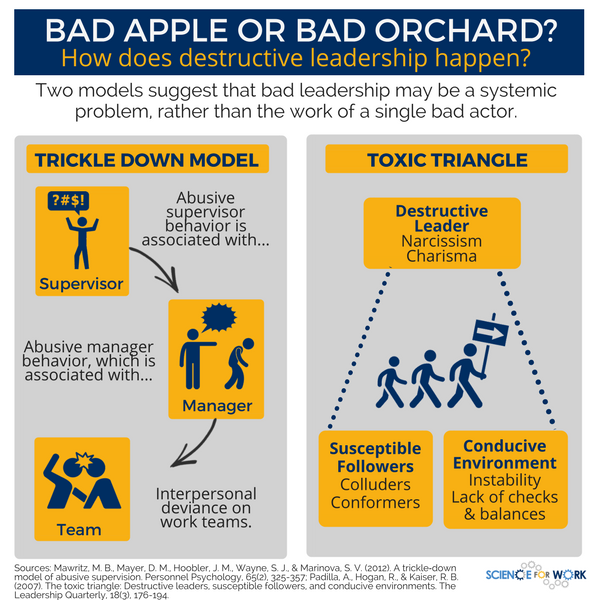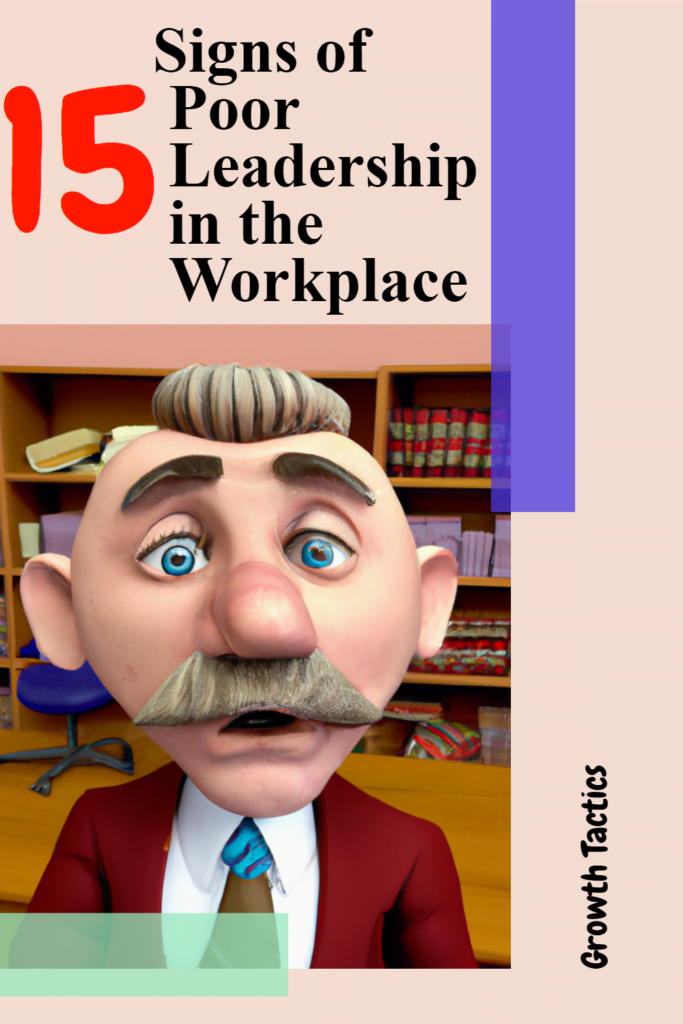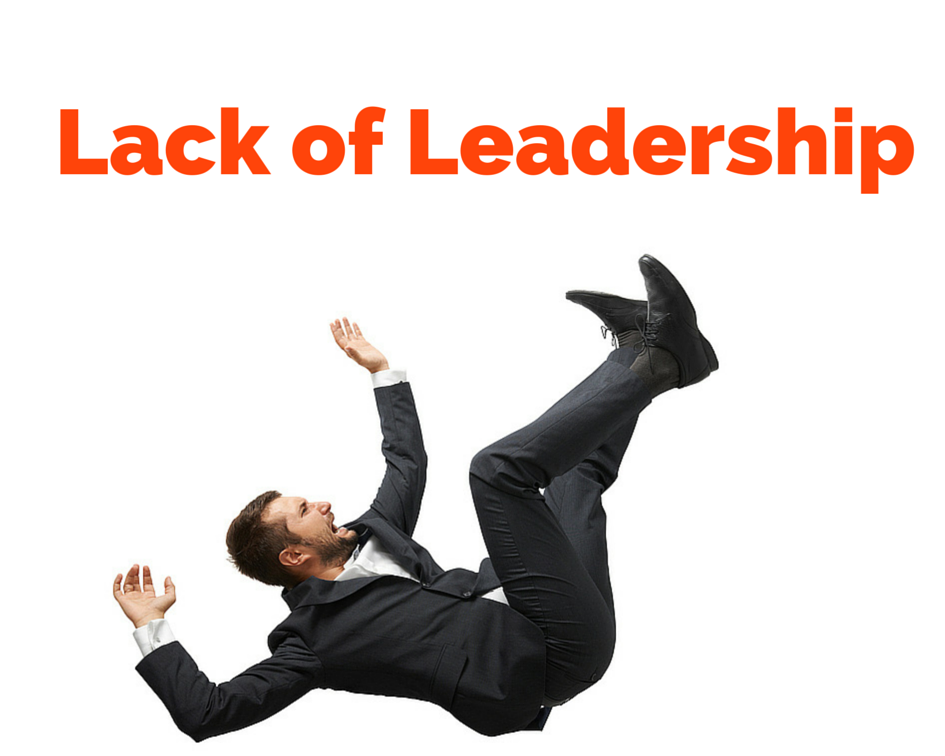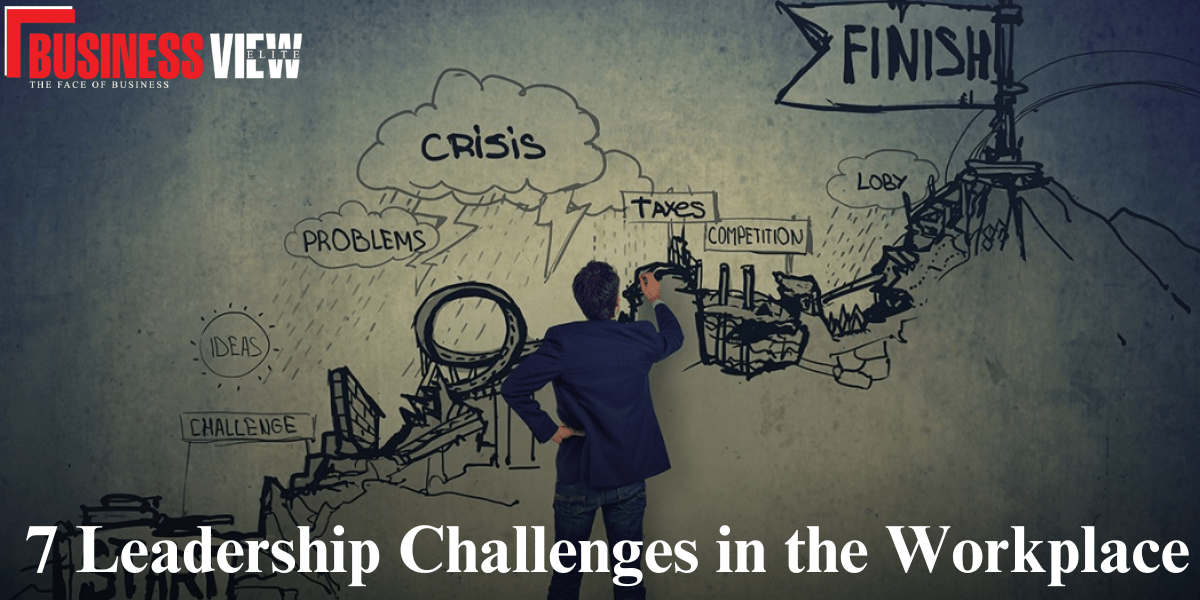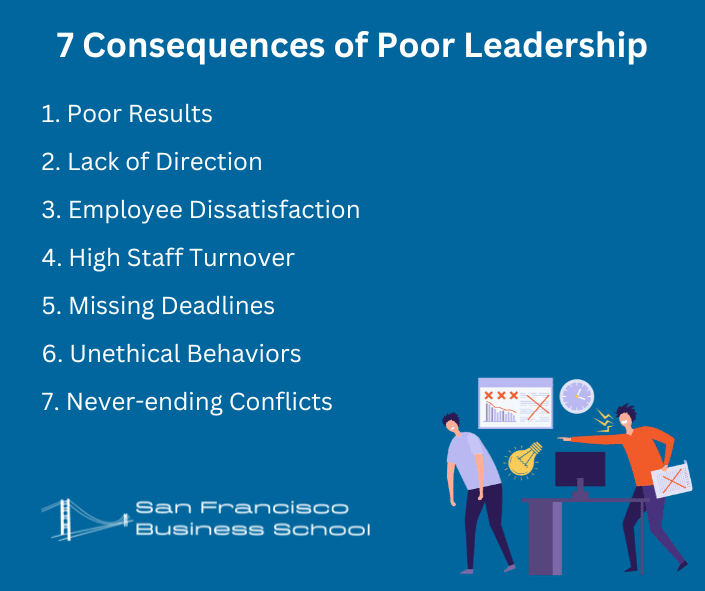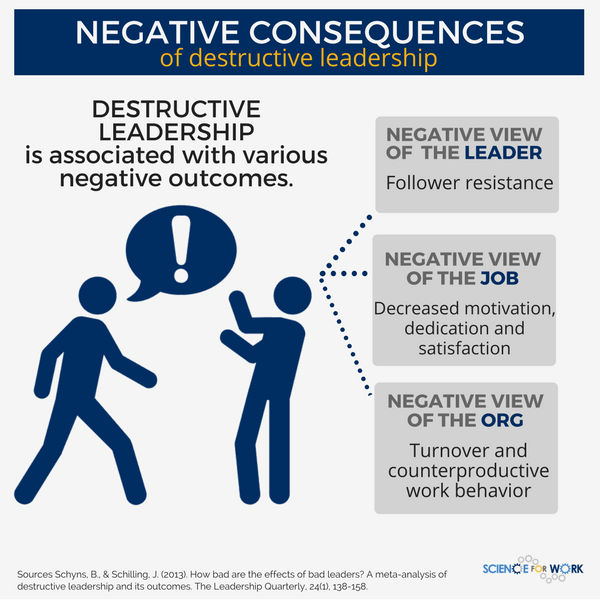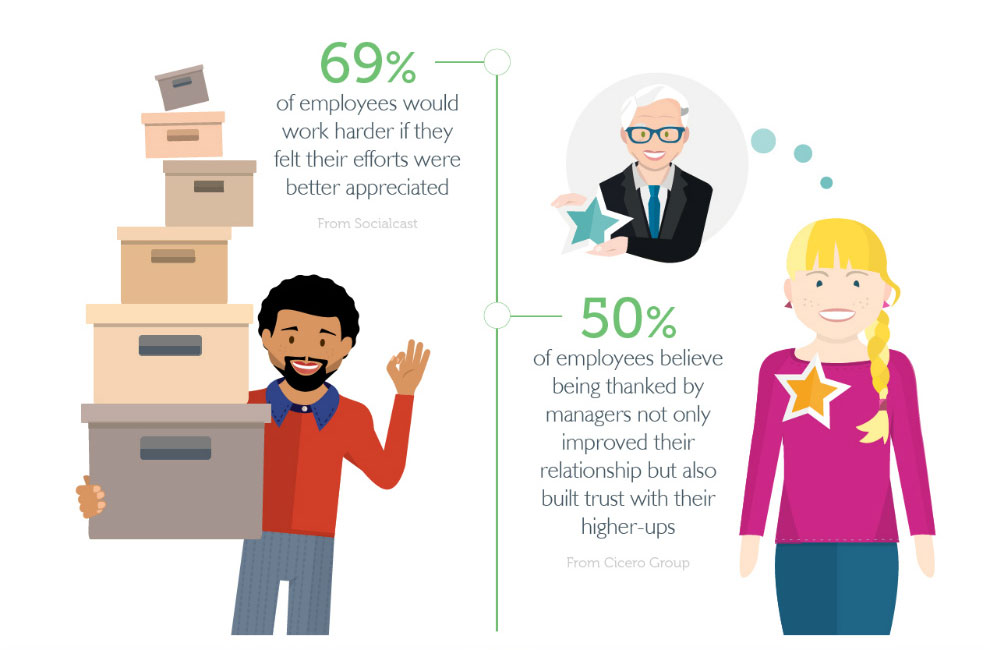Lack Of Leadership In The Workplace

A leadership vacuum is crippling productivity and morale across multiple sectors, sparking widespread employee discontent and hindering organizational growth. The absence of effective leadership is not just a management problem; it's a critical threat to business sustainability.
This leadership void, characterized by indecision, poor communication, and lack of vision, is creating a ripple effect of negative consequences. Employees report feeling unsupported, directionless, and undervalued, leading to increased stress, burnout, and ultimately, higher turnover rates.
The Scope of the Crisis
The problem is pervasive, affecting industries from tech startups to established corporations. Data from a recent Gallup poll reveals that only 34% of U.S. employees feel engaged at work, a figure directly correlated with perceived leadership effectiveness. Furthermore, a study by the Society for Human Resource Management (SHRM) found that nearly 60% of employees have left a job due to their direct manager.
These statistics paint a stark picture of a workforce struggling under ineffective leadership. The cost to businesses is significant, encompassing decreased output, increased absenteeism, and the expenses associated with recruiting and training new staff.
Key Indicators of Leadership Absence
Several factors contribute to this leadership deficit. One prominent issue is a failure to clearly define roles and responsibilities, leaving employees unsure of their contributions and susceptible to conflicting directives. Another is the lack of consistent and transparent communication, fostering distrust and hindering collaborative efforts.
Furthermore, a reluctance to provide constructive feedback and recognition demoralizes employees and stifles professional development. When leaders fail to inspire and motivate, employees become disengaged and their performance suffers.
"The absence of leadership isn't just about a single person; it's about a systemic failure to cultivate and support leaders at all levels of the organization," explains Dr. Anya Sharma, a leading organizational psychologist.
The Impact on Employee Morale
The emotional toll on employees is considerable. Many report feeling overwhelmed, unsupported, and anxious about their job security. This constant stress leads to decreased productivity and a higher likelihood of burnout.
The lack of clear direction and support also inhibits creativity and innovation. Employees are less likely to take risks or offer new ideas when they fear repercussions from a leadership team that is perceived as unresponsive or critical.
Ultimately, the absence of leadership fosters a toxic work environment. This can result in low morale, increased conflict, and a general sense of disillusionment among the workforce.
Addressing the Leadership Gap
Several organizations are taking proactive steps to address the crisis. These measures include implementing leadership development programs, providing coaching and mentoring opportunities, and fostering a culture of transparency and accountability.
Companies are also focusing on improving communication channels and encouraging open dialogue between leaders and employees. This includes regular feedback sessions, town hall meetings, and opportunities for employees to share their concerns and suggestions.
HR departments are playing a crucial role in identifying and addressing leadership deficiencies. They are utilizing data analytics to track employee engagement, turnover rates, and other key metrics to pinpoint areas where leadership intervention is needed.
Moving Forward
The ongoing impact of this leadership vacuum demands immediate and decisive action. Companies must prioritize leadership development and implement strategies to foster a more supportive and engaging work environment.
The situation is evolving, with organizations increasingly recognizing the importance of cultivating strong leaders. Continuous monitoring and evaluation of leadership effectiveness will be essential to ensure long-term success.
Further updates will be provided as new data emerges and organizations continue to implement changes. The future of the workforce hinges on addressing this critical leadership deficit.

![Lack Of Leadership In The Workplace How to Avoid Leadership Failure [Infographic]](https://infographicjournal.com/wp-content/uploads/2019/02/New-How-to-Avoid-Leadership-Failure-feat.jpg)


